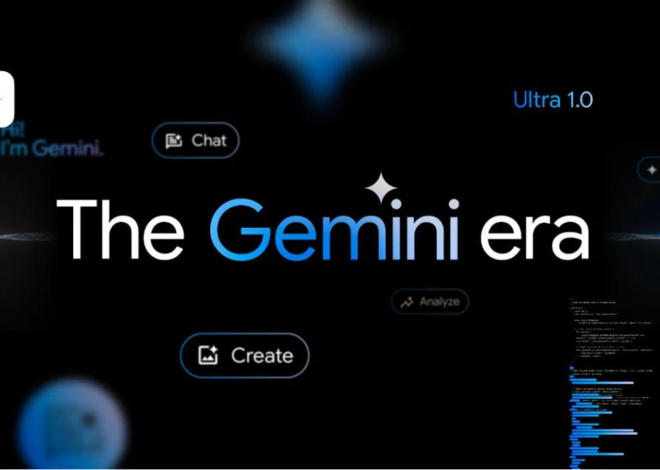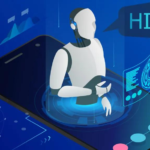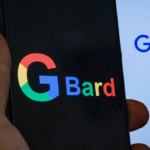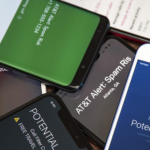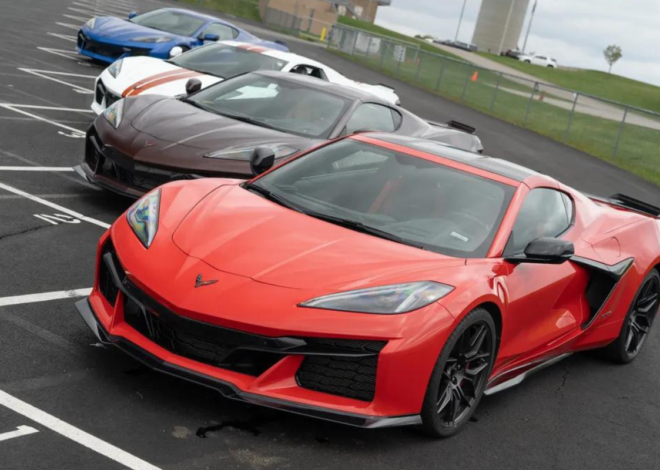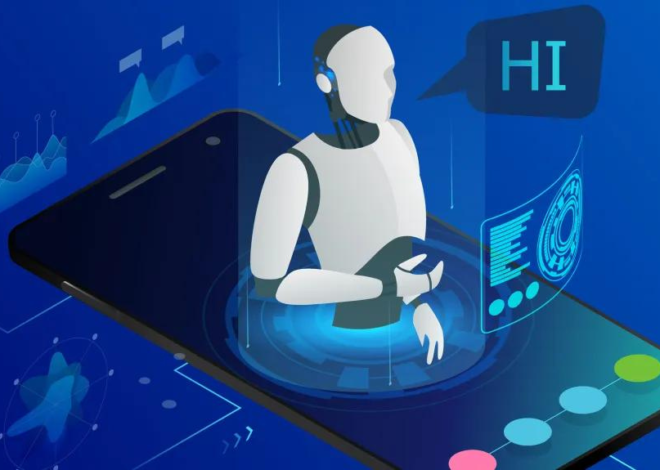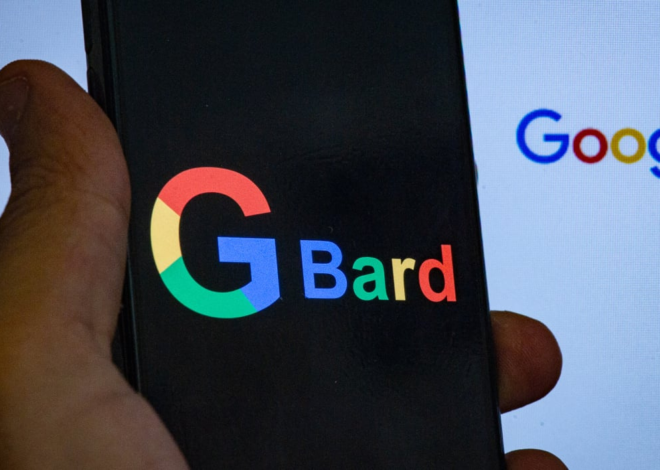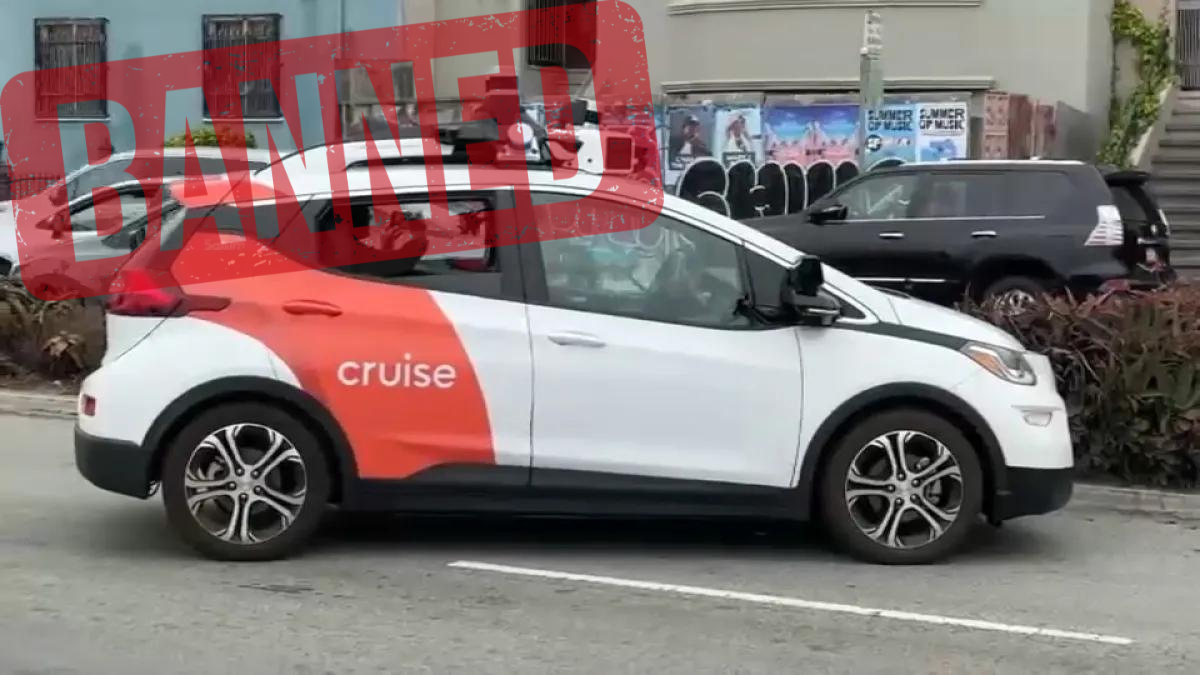
DMV suspends Cruise’s robotaxi license immediately
On Tuesday, the California Department of Motor Vehicles took swift action, announcing the immediate suspension of Cruise’s deployment and driverless testing permits. This decision effectively brings an end to GM’s self-driving car subsidiary’s robotaxi operations in San Francisco, a move that comes mere months after Cruise had secured the final permit required to bring its commercial operations to the market.
The DMV’s suspension order, as reported by TheOrcTech, cites Cruise’s failure to provide video footage crucial to an ongoing investigation as the reason for the permit suspension. This action was prompted by a meeting between the DMV and Cruise representatives on October 3, just one day following an incident where a pedestrian, initially struck by a human-driven vehicle, became trapped underneath a Cruise robotaxi.
The order stated:
“During the meeting, the department was shown video footage of the accident captured by the AV’s onboard cameras. The video footage present to the department ended with the AV’s initial stop following the hard-braking maneuver. Footage of the subsequent movement of the AV to perform a pullover maneuver was not shown to the department and Cruise did not disclose that any additional movement of the vehicle had occurred after the initial stop of the vehicle. The department only learned of the AV’s subsequent movement via discussion with another government agency. The department requested Cruise provide a copy of the video with the additional footage, which was received by the department on October 13, 2023.”
Reported by: DMV
While the DMV did not specify the name of the agency, sources familiar with the incident informed TheOrcTech that the U.S. National Highway Traffic Safety Administration (NHTSA) had shared the information. It’s worth noting that the NHTSA had initiated its own investigation into Cruise’s autonomous vehicle system due to multiple pedestrian-related incidents in San Francisco, including the one that occurred on October 2.
The video segment that the DMV initially hadn’t reviewed depicted the Cruise robotaxi attempting a pullover maneuver after coming to a complete stop while a pedestrian was underneath the vehicle. During this maneuver, the autonomous vehicle traveled approximately 20 feet and reached a speed of 7 miles per hour before coming to a complete and final stop, as outlined in the suspension order.
The DMV’s order also emphasized that Cruise’s failure to disclose this video obstructs the department’s ability to thoroughly and promptly assess the safe operation of the company’s vehicles, thereby putting the safety of the public at risk.
Cruise informed TheOrcTech that it had shared the complete video with the DMV, whereas the DMV, in response, maintained its stance.
The DMV emphasized its commitment to public safety in a statement, stating that its autonomous vehicle regulations are designed to establish a framework for the safe testing and deployment of this technology on California’s public roads. It further clarified that, when there exists an unreasonable risk to public safety, the DMV has the authority to swiftly suspend or revoke permits, without a predetermined timeline for such suspensions.
Also Read | Tesla decreases the price of FSD beta to $12,000
In terms of reinstating its suspended permits, the DMV outlined a series of steps that Cruise must adhere to, with permit approval contingent on the company satisfying these requirements to the department’s satisfaction. Importantly, this suspension does not impact Cruise’s permit for testing with a safety driver, the DMV added.
The California DMV justified its decision to suspend the permits based on its determination that Cruise’s vehicles were not deemed safe for public operation and that Cruise had provided misleading information regarding the technology in its autonomous vehicles. The DMV also expressed concern that Cruise’s autonomous vehicle testing on public roads presented an unreasonable risk to the public.
Cruise was notified of the California DMV’s suspension of its driverless permits shortly after it was publicly announced, and the company’s spokesperson, Hannah Lindow, issued the following statement, which was also posted on the social media platform X: [Please provide the text of the statement for a full response.]
“As a result, we will be pausing operations of our driverless AVs in San Francisco. Ultimately, we develop and deploy autonomous vehicles in an effort to save lives. In the incident being reviewed by the DMV, a human hit and run driver tragically struck and propelled the pedestrian into the path of the AV. The AV braked aggressively before impact and because it detected a collision, it attempted to pull over to avoid further safety issues. When the AV tried to pull over, it continued before coming to a final stop, pulling the pedestrian forward. Our thoughts continue to be with the victim as we hope for a rapid and complete recovery.
Also Read | Top 5 New Technology Trends for 2023
Shortly after the incident, our team proactively shared information with the California DMV, CPUC, and NHTSA, including the full video. We have stayed in close contact with regulators to answer their questions and assisted the police with identifying the vehicle of the hit and run driver. Our teams are currently doing an analysis to identify potential enhancements to the AV’s response to this kind of extremely rare event.”
The suspension marks a significant setback for Cruise and its competitor Waymo, who had only recently secured the final permit necessary to offer commercial robotaxi services in San Francisco around the clock. This permit was granted by the California Public Utilities Commission (CPUC), responsible for regulating commercial driverless ride-hailing permits. However, the CPUC permit’s effectiveness relied on the DMV’s permits, which authorize the use of driverless vehicles on public roads, making them an essential component of commercial operations.
Despite opposition from residents and certain city officials who pointed to recurring instances of vehicles malfunctioning and causing traffic disruptions, commonly referred to as “bricking,” the CPUC approved the final permit. These issues affected traffic flow, public transit, and emergency responders.
However, this initial victory proved short-lived, as a series of incidents occurred shortly after the CPUC permit was granted. One such incident involved a collision between a Cruise robotaxi and an emergency vehicle, resulting in passenger injuries. The DMV then mandated that Cruise reduce its robotaxi fleet to 50% while it conducted an investigation into this incident. In response, some San Francisco city officials formally requested a reevaluation of the August hearing that had expanded robotaxi permits for both Cruise and Waymo.
The pressure to suspend or revoke Cruise’s permits escalated following an incident on October 2, where a woman became trapped underneath a Cruise robotaxi after being initially struck by a human-driven vehicle. Video footage from Cruise, viewed by TheOrcTech, depicted the robotaxi braking and subsequently running over the pedestrian, who had been lying on the road after the initial collision with the human-driven vehicle. While Cruise claimed that the robotaxi braked aggressively to minimize the impact, the pedestrian was run over and trapped beneath the vehicle, according to accounts from the police and bystander videos.
TheOrcTech had initially viewed an abbreviated version of the video, which was presented as the complete footage. In response to this incident, the San Francisco police launched an investigation, while the NHTSA also initiated its own investigation.

